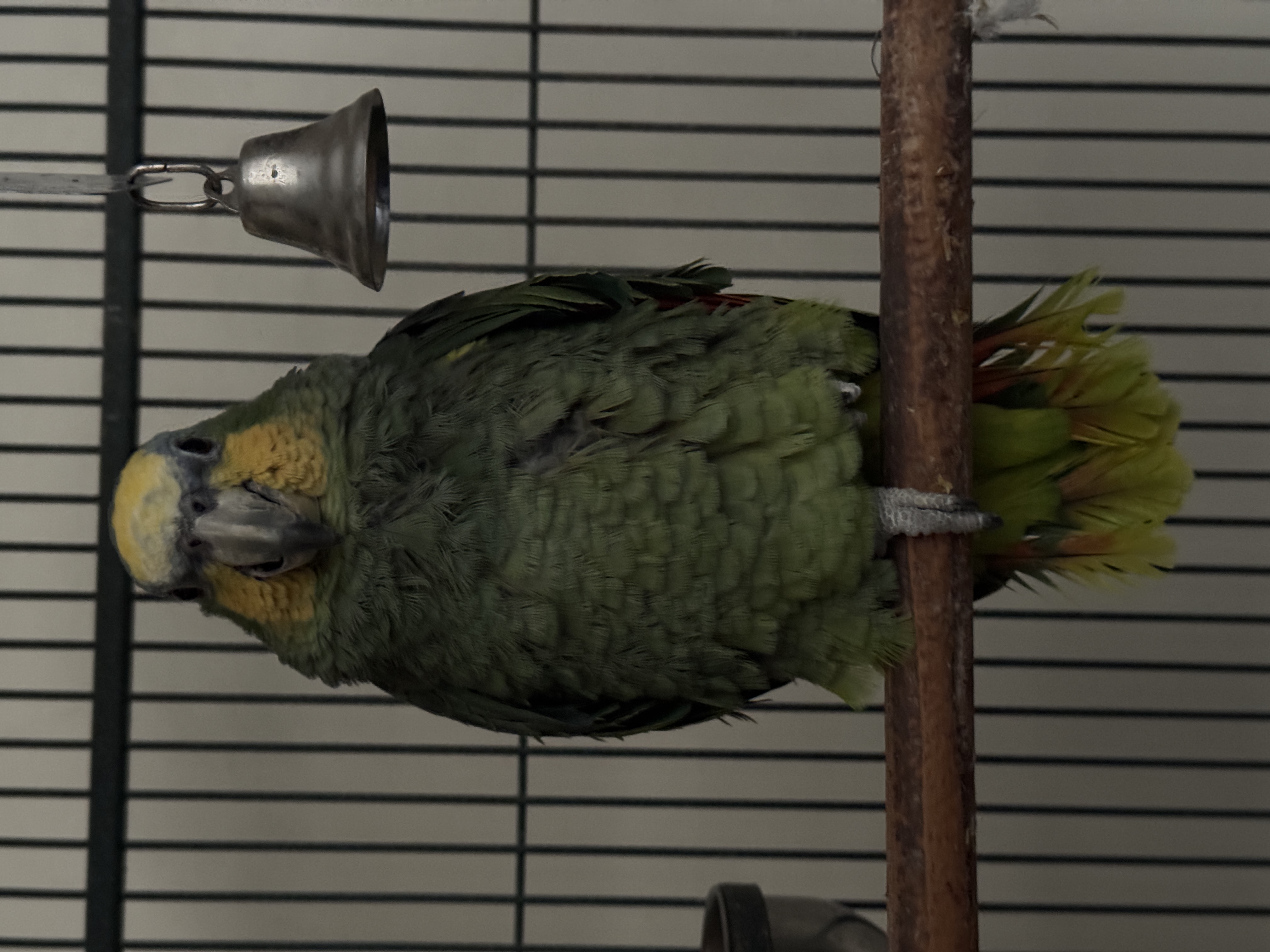Machine Oil’s residency at Erica Synths Garage was a deep dive into experimentation and rediscovery - patching blind, sampling everything from parrot calls to distorted loops. The project of Everett Dolgner, a Tucson-based artist, Machine Oil blends death industrial, drone, noise, and industrial metal into heavy, unpredictable creations. Yet despite the intensity of his music, Everett himself is disarmingly mellow and down-to-earth - proof that the heaviest sounds often come from the kindest people. After his residency with us, we sat down to talk about his approach to music.
-Let’s start from the beginning - what’s your first memory of music that left an impression on you?
Machine Oil: Well, my parents were fans of country music. That didn’t really click for me until I got older, actually. And even then, it was only the really old stuff that I came to appreciate - like Johnny Cash or Hank Williams Sr. It’s not something I listen to a lot now, but it was always there, especially because of my mom.




